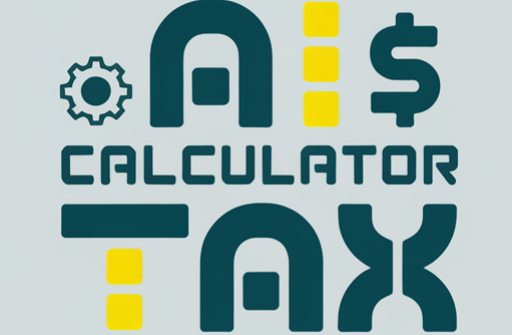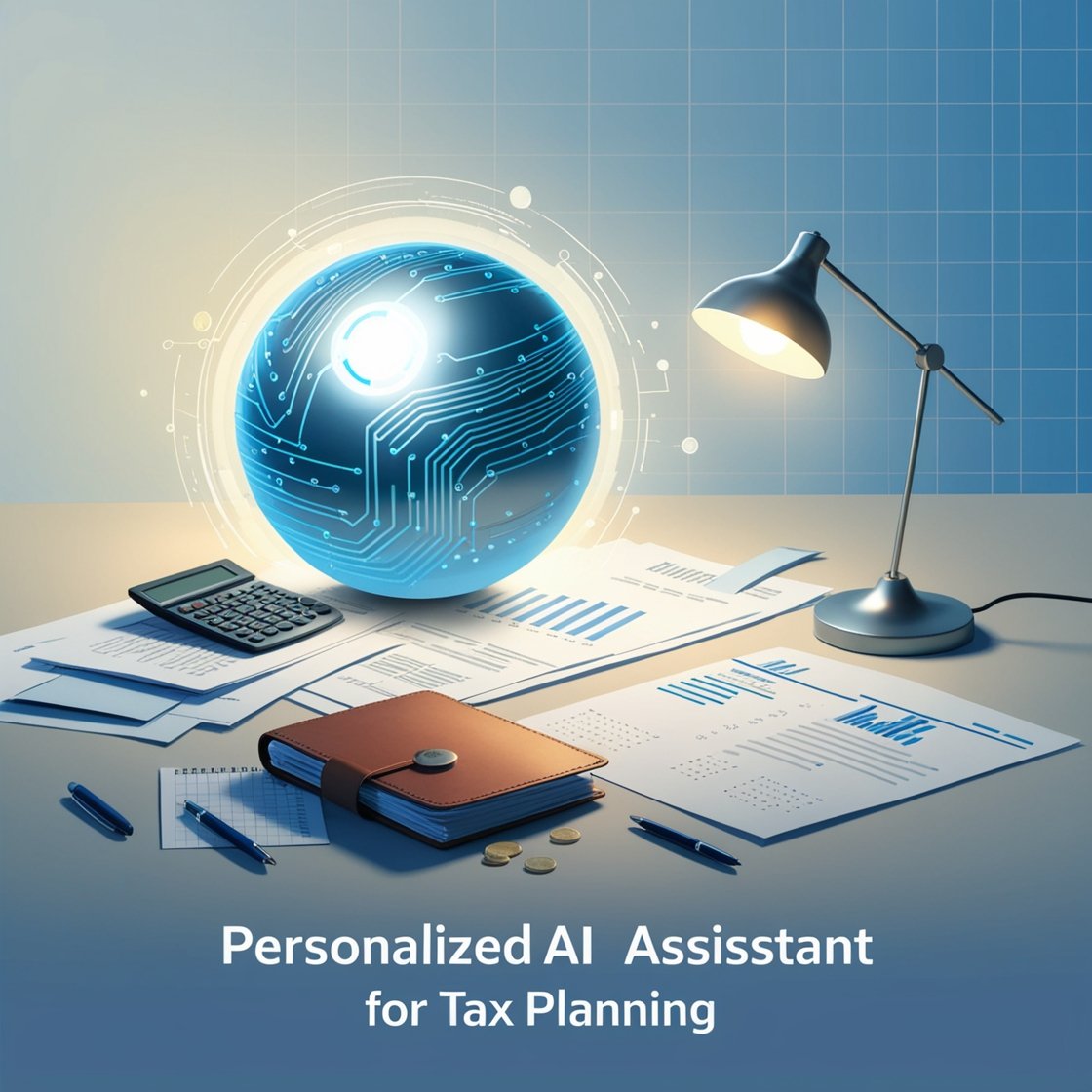Artificial intelligence (AI) is revolutionizing personal tax planning, transforming it from a stressful annual chore into a streamlined, proactive process. By automating complex tasks, uncovering hidden deductions, and offering personalized insights, AI empowers individuals to optimize their tax strategies effortlessly. Here’s how AI is reshaping personal tax planning in 2023 and beyond.
How AI Helps with Individual Tax Planning
AI simplifies tax planning by combining automation, predictive analytics, and personalized recommendations.
- Automation: Sync financial accounts (banks, gig apps, investments) to auto-populate income and expenses.
- Accuracy: Reduce errors by 90%+ through IRS-compliant calculations and cross-checks.
- Personalization: Tailor strategies based on life events (marriage, home purchases) or income changes.
- Example: Tools like TurboTax use AI to ask dynamic questions, ensuring no deduction is overlooked.
Pro Tip: Enable year-round tracking to avoid last-minute scrambles.
AI for Tracking Tax-Deductible Expenses
AI eliminates guesswork by identifying write-offs you might miss.
- Receipt Scanning: Apps like Shoeboxed use OCR to digitize and categorize receipts (e.g., medical bills, charitable donations).
- Expense Tagging: Machine learning flags deductible expenses (e.g., home office Wi-Fi, freelance travel).
- Case Study: A freelancer saved $2,300 by deducting overlooked costs like software subscriptions and client meals.
2023 Innovation: AI tools now recognize niche deductions like electric vehicle charging stations.
AI and Tax Refund Estimations
Predictive analytics deliver precise refund estimates by analyzing historical data and real-time income.
- Dynamic Modeling: Tools like H&R Block adjust estimates as you input data (e.g., adding a dependent).
- Comparison: AI estimates are 30% more accurate than manual calculations, per a 2022 IRS study.
- Example: A teacher earning $55k received a $3,200 refund estimate within minutes using TaxAct.
Pro Tip: Use refund estimators to adjust withholdings and boost take-home pay.
Best AI Apps for Personal Tax Management
| App | Key Features | Pricing |
|---|---|---|
| TurboTax | AI-driven Q&A, audit defense, crypto support | $59–$199 |
| Keeper Tax | Automatic expense tracking for freelancers | $16/month |
| FlyFin | CPA-reviewed returns, 1099 import | Freemium |
| Credit Karma Tax | Free filing for simple returns | $0 |
| CoinTracker | Crypto tax calculations | $49–$199/year |
Why They Stand Out: TurboTax excels for complex filings, while Keeper Tax is ideal for gig workers.
AI for Investment and Capital Gains Taxes
AI optimizes investment tax strategies by tracking portfolios and minimizing liabilities.
- Tax-Loss Harvesting: Tools like Wealthfront auto-sell losing assets to offset gains.
- Form 8949 Automation: CoinTracker syncs with exchanges (e.g., Robinhood) to auto-file crypto taxes.
- Example: An investor saved $4,500 using Betterment to harvest losses and reduce capital gains tax.
Pro Tip: Integrate AI tools with brokerage accounts for real-time tax insights.
AI Tax Planning for Families
AI adapts to family dynamics to maximize credits and deductions.
- Child Tax Credits: Tools auto-apply credits ($2,000 per child) and track eligibility changes.
- Education Savings: Optimize 529 plan contributions or AOTC claims (up to $2,500).
- Case Study: A family of four saved $4,800 using H&R Block to claim daycare expenses and education credits.
2023 Highlight: AI now factors in state-specific child tax benefits (e.g., California’s Young Child Tax Credit).
AI Tax Calculators for Self-Employed Individuals
Self-employed users benefit from AI’s ability to handle complex filings.
- Quarterly Tax Estimates: QuickBooks Self-Employed predicts payments and sends reminders.
- Business Deductions: Apps like Keeper Tax auto-deduct home office costs, mileage, and equipment.
- Example: A graphic designer reduced taxable income by $12k by deducting software, internet, and co-working fees.
Pro Tip: Use separate bank accounts for business/personal expenses to simplify AI tracking.
AI for Real-Time Income Tax Adjustments
AI adapts to fluctuating income, ideal for gig workers and freelancers.
- Instant Updates: Tools like TaxGPT adjust liabilities as new income is logged (e.g., a Shopify sale).
- Withholding Alerts: Receive notifications to update W-4s after a raise or side hustle.
- Example: An Uber driver avoided underpayment penalties by using FlyFin to adjust Q4 taxes mid-year.
2023 Trend: Real-time dashboards showing projected tax bills based on YTD earnings.
9. AI-Powered Retirement Tax Planning
AI optimizes retirement savings to minimize future taxes.
- Roth vs. Traditional IRA: Algorithms compare current vs. predicted tax brackets to recommend contributions.
- RMD Alerts: Tools like Personal Capital remind users to take required minimum distributions.
- Case Study: A retiree saved $8,000 by using Wealthfront to strategically withdraw from tax-deferred accounts.
Pro Tip: Use AI to model scenarios like early retirement or pension income.
10. Future of AI in Personal Tax Preparation
The next wave of AI tax tools will focus on:
- Predictive Planning: Forecast taxes 5–10 years ahead using career and market trends.
- Voice Assistants: Ask, “Alexa, how much can I contribute to my HSA?” for instant advice.
- Blockchain Integration: Secure, transparent tax records for crypto and NFTs.
- Global Compliance: AI handling multi-country filings for digital nomads.
Conclusion
AI is transforming personal tax planning into a proactive, stress-free process. From automating deductions to optimizing retirement savings, these tools empower individuals to take control of their finances with unprecedented precision.
Next Steps:
- Audit Past Returns: Use AI to reclaim missed deductions.
- Test Free Tools: Explore Credit Karma Tax or FlyFin’s freemium model.
- Stay Updated: Follow AI tax trends to leverage new features.


2 thoughts on “AI for Personal Tax Planning: A Comprehensive Guide to Smarter Filing”